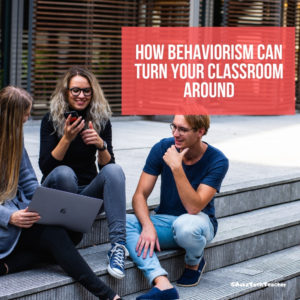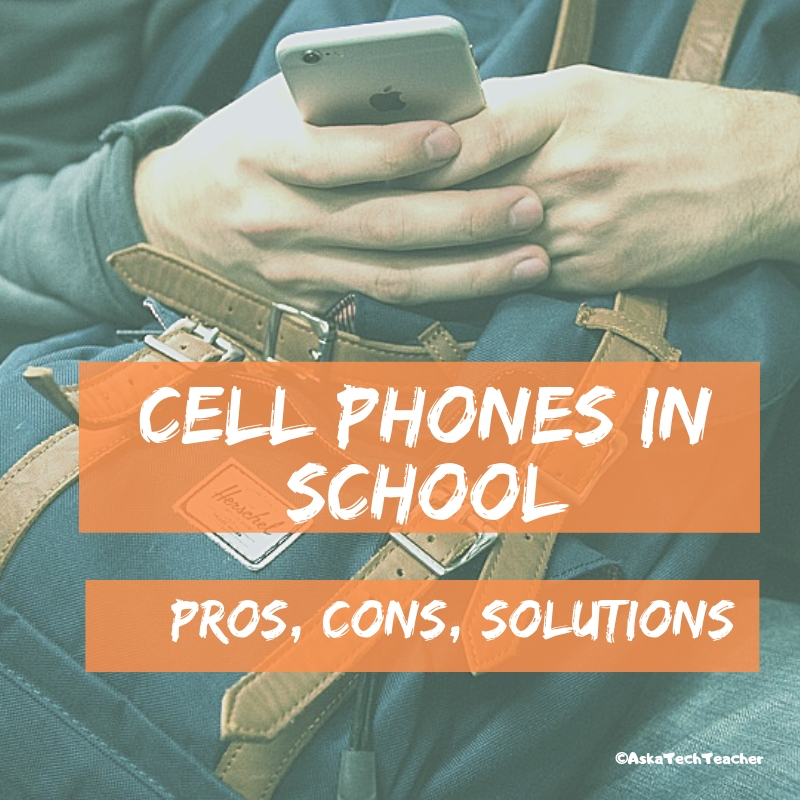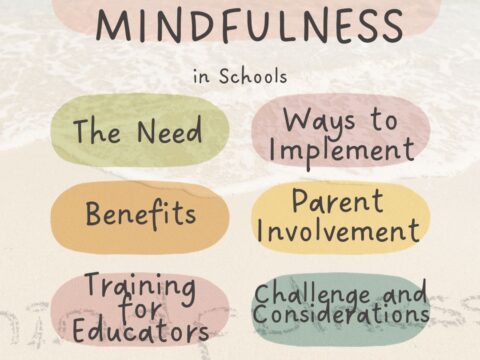 I first ran into Behaviorism in child psychology classes I took for my Early Childhood Education credential (ECE). It was developed by a renowned psychologist named John B. Watson and formed into the Theory of Behaviorism by another famous psychologist, B.F. Skinner. The technical definition they provide is:
I first ran into Behaviorism in child psychology classes I took for my Early Childhood Education credential (ECE). It was developed by a renowned psychologist named John B. Watson and formed into the Theory of Behaviorism by another famous psychologist, B.F. Skinner. The technical definition they provide is:
“…scientific and objective methods of investigation concerned with observable stimulus-response behaviors; all behaviors are learned through interaction with the environment.”
They used the infamous example of Pavlov’s Dogs. No surprise, with this gobbledegook definition that used dog training as the example, I laughed, rejected it, and then forgot it.
Fast forward a decade, to a time when I was studying for my teaching credential. One of my classes reviewed education pedagogies such as Purpose-driven Learning, the Socratic Method, Depth of Knowledge, Unschooling, and Behaviorism. Applied to education, Behaviorism focuses on:
“… conditioning student behavior with various types of reinforcements and consequences…”
I still cringe at words like “conditioning” and “consequences”, but in the fullness of the class, I came to understand that whether teachers know it or not, they use Behaviorism as an effective, reliable teaching tool. I’ll get back to that later but first, I want to deconstruct how a theory that started with training dogs is now a cornerstone in education pedagogy.
What is Behaviorism in Education?
Behaviorism in the classroom revolves around observable behaviors that can be measured. This includes actions, not thoughts or feelings. Since its introduction to education in the 1950’s, it has become a teacher’s best friend in helping her/him to define classroom behaviors that shape order and enhance learning. It establishes boundaries for students, provides expectations that they can rely on, and offers a reliable way to self-assess student achievement of class goals:
According to Skinner, behavior is a learned response reinforced by the consequences resulting from that behavior. For instance, if students are rewarded for doing extra work, they’re more likely to repeat that behavior.
It accomplishes much of what B.F. Skinner predicted it would when he suggested it as an effective methodology for revolutionizing an education system that didn’t seem to work anymore. It has become popular in education theory by other names such as PBIS (Positive Behavioral Intervention and Supports) and through the use of apps like Too Noisy or Hero K12.
Why use Behaviorism Strategies in Teaching?
The short answer is, for many, Behaviorism works. Because of its clear guidelines and easy-to-understand cause-and-effect relationships, it improves student performance and classroom behavior that interferes with student education goals. It manages to quantify responses to notoriously subjective issues (like the student who needs to entertain classmates) and encourages objective and measurable metrics that provide a win-win in the difficult area of student assessment. Students appreciate an even-handed approach which favors no one and everyone at the same time. Teachers appreciate an unbiased framework that is defensible when discussing issues with parents, grade-level team members, and/or administrators. When stringently applied in an objective manner, students get more out of class lessons, get better grades, and classroom behavior is more conducive to everyone’s learning.
So, if you’ve tried lots of other classroom management strategies to no avail, try this one for three months. In many cases, it will be exactly what you need.
How do you use it?
The application of Behaviorism relies on observable behavior, nothing else. It rewards the positive, punishes the negative, and in that way shapes student actions. It’s unbiased, without opinion, must be consistently enforced, and can’t be influenced by thoughts or emotions. Most teachers already use this strategy — often — and appreciate the results without even knowing that’s what they’re doing. For example, when they thank students for sitting down quickly upon entering class or for starting a warm-up activity without being told to, the teacher is using a behavioral strategy. When homework is assigned with the expectation that students will return to class the next day with it completed, teachers are training student learning behavior. If your school uses positive reinforcement tools like Class Dojo, Empatico, Hero K12, or Sown to Grow, they are acknowledging the effectiveness in education ecosystems of Skinner’s Behaviorism.
There are four types of reinforcement: 1) Positive reinforcement concentrates on applauding good behavior; 2) Negative reinforcement punishes the unacceptable; 3) Presentation punishment applies a negative outcome in response to a behavior that is not desired; and 4) Removal reinforcement simply eliminates the negative stimuli. Each of these four can be equally effective in helping students to behave in ways that allow them to achieve their learning goals.
Here are ways you already use it without even thinking about it:
- grading papers and then accumulating the grades for a summative report (such as report cards)
- keeping kids in class instead of releasing them to recess to give them time to finish work they didn’t do
- providing treats for right answers
- applying consequences for the use of cellphones in class when they aren’t allowed
- setting classroom rules at the beginning of the school year
- using award systems like Classroom Dojo or Hero K12
- awarding badges for achievements and/or the completion of specific skills, tasks, or units
- timing a test or another classroom activity, expecting students to complete the task within the time parameters
- providing rubrics that spell out expectations for a project
- modeling appropriate behavior as an encouragement for students to do the same
- sharing samples of projects students will be completing as examples of what you expect
- expecting students who are late for class to get notes from parents or a teacher before being admitted to class
- expecting student athletes to maintain a C average (or whatever your school requires) to participate in sports
You can start the application of Behaviorism by applauding good behavior but include evidence to support it as well as making clear your willingness to use logical consequences that don’t embarrass the student if behavior is unacceptable.
***
Applying Behaviorism to your classes could be one of the easiest changes you make to your classroom management with the greatest chance for success. I’d love to hear your experiences with this pedagogy.
–published first on TeachHUB
@classdojo @empaticoorg @heromatters @sowntogrow
More on classroom management strategies
Purpose Driven Learning: Myths, Problems, and Education Applications
What is the VARK model of Student Learning?
Visible Learning and John Hattie
Jacqui Murray has been teaching K-18 technology for 30 years. She is the editor/author of over a hundred tech ed resources including a K-12 technology curriculum, K-8 keyboard curriculum, K-8 Digital Citizenship curriculum. She is an adjunct professor in tech ed, Master Teacher, webmaster for four blogs, an Amazon Vine Voice, CSTA presentation reviewer, freelance journalist on tech ed topics, contributor to NEA Today, and author of the tech thrillers, To Hunt a Sub and Twenty-four Days. You can find her resources at Structured Learning.



































